- Three Dead as BMW Crashes off A46; Woman Taken into Custody | UK News
- 25-Year-Old Woman Dies After Being Trapped in Bedroom During Hampshire Fire
- Historic 140-Year-Old Railway Bridge Beloved by Walkers Falls into River Spey
- Wales Set for Expecting Heavy Rain and Flooding: Prepare for Severe Weather
- Severe Rain and Flood Alerts: UK Braces for Major Weather Events
- New Specialist Teams for Sexual Offenses to Launch Across England and Wales
- Video: Hearts Gain Big VAR Advantage, Extend Lead Over Celtic by Six Points
- Man Utd Loanee Shines: Creates 5 Chances and Claims Man of the Match Honour
Hollywood tragedies: Astroworld, Rust and the trickiness of blame
In Review
The entertainment industry has been rocked by a number of tragedies recently, and whilst on-set deaths and crowd surges are not new, the question of who’s to blame and why it still happens are being asked.
In October, cinematographer Halyna Hutchins was accidentally shot and killed by actor Alec Baldwin on the set of the film Rust. The gun in question had a live round and had been handed to Baldwin without it being thoroughly checked. It is not yet known how live ammunition was on-set.
In November at the annual Astroworld music festival by American rapper Travis Scott, eight people were killed as the crowd surged towards the stage. Over 300 people were treated for injuries and at least two people remain in a coma.
The tragedies have resulted in dozens of lawsuits and finger-pointing. Both Alec Baldwin and Travis Scott are being sued for their roles within their incidents. But how tricky is the blame game?
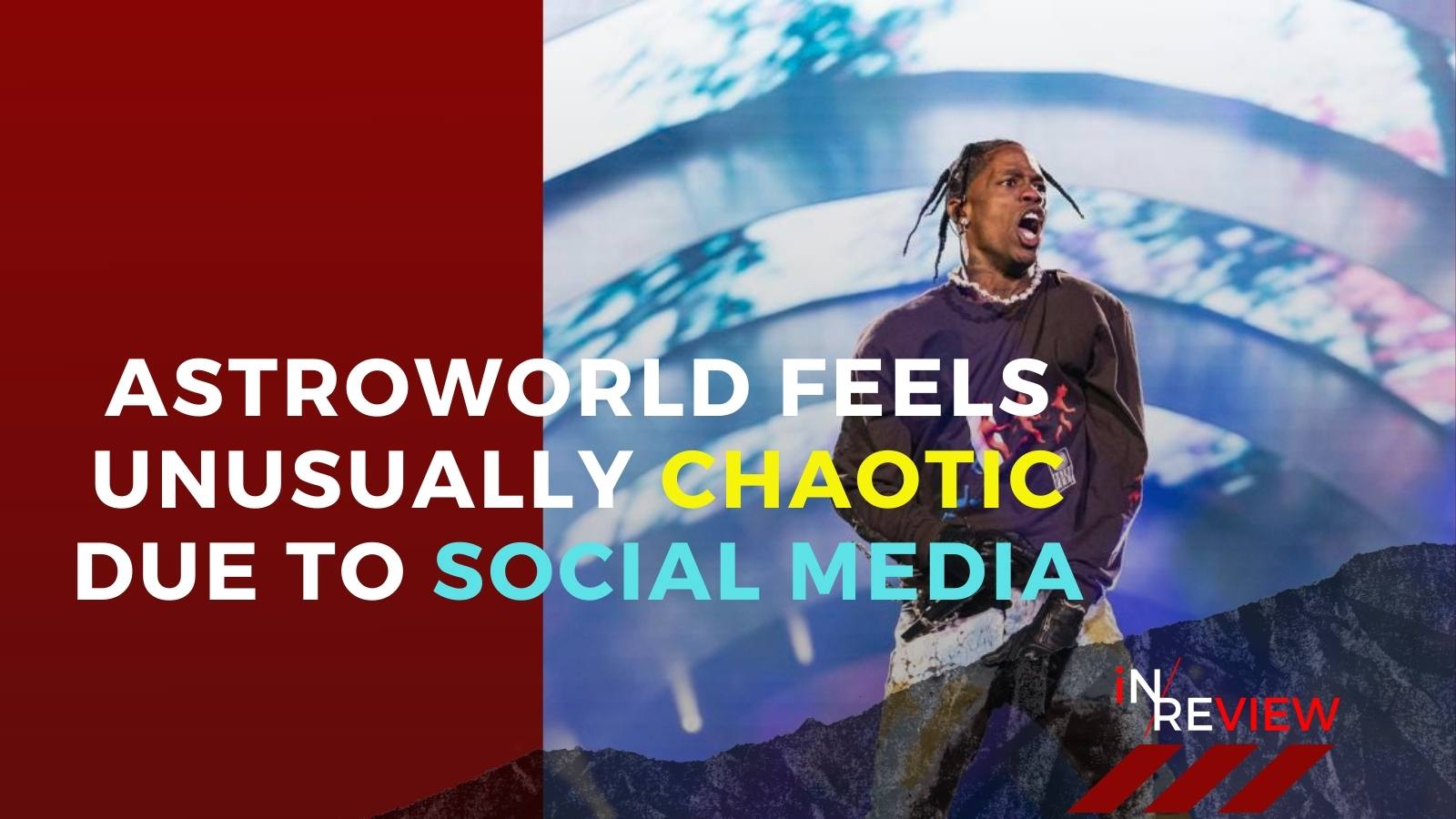
Social media doesn’t always help us make sense of horrific events.
Astroworld and the trickiness of tragedy blame games
An article from VOX reports the deaths were the result of thousands of people rushing the stage as Travis Scott performed, and when ambulances arrived on the scene, Scott only briefly stopped the show.
The deaths have left onlookers with many questions, including who exactly is to blame. It’s likely impossible to answer.
The Astroworld tragedy “is not the first of its kind, but feels unusually chaotic, due in part to social media”. As footage circulates and rumours are shared online, there is still confusion and shock over what actually happened. Crowd surges are not new or usual at festivals but fears have been raised about the future of live concerts.
The article says that what led to the deadly moment is a mixture of factors. People have been questioning event producers, the apparent recklessness of Travis Scott, the lack of trust between security and concertgoers and the crowd itself. With so many people potentially playing a role in the mass deaths, our desire to “neatly place blame on any single party” has been defied.
The dynamics of crowd crush make the situation murkier, but we can consider who is responsible for this, without blind condemnation.
The 8 deaths and 300 plus injuries were the results of the crowd surge. But it was the number of people present, the inability to access medical help quickly and the “strained personnel resources” that created the deadly environment.
Crowd surges can happen when a large group of people are packed into a tight space, and experts say it is likely to happen when the crowd is “running either away from a perceived threat or toward something they want, such as a performer, before hitting a barrier.”
But crowd surges are preventable with the proper infrastructure and control measures, according to Jennifer Matarese.
She says it’s not specific to certain types of music. It’s crowds. “This type of thing has happened at sporting events, religious festivals, rock concerts, bars, even a game show in the Philippines. It’s a matter of a crowd, and an incentive driving them forward. It’s not a matter of who’s in the crowd, and it doesn’t make them any rougher or any worse of people if there is a crushing incident.”
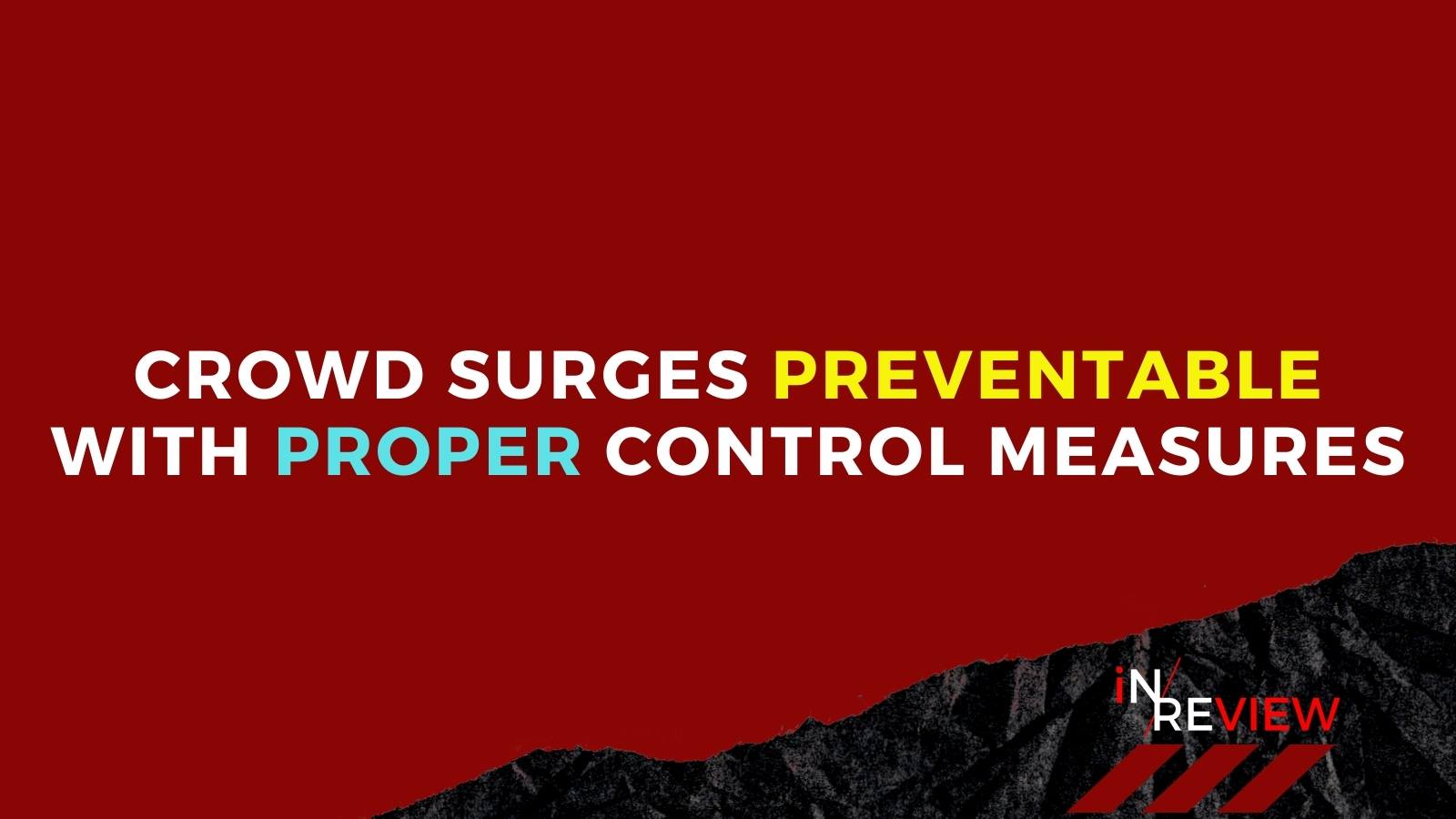
So who’s to blame?
According to the article the footage posted online from the festival “makes it seem as though the loss of life was largely preventable.”
People are upset with concertgoers for their lack of humanity whilst others are blaming security forces on the ground.
One attendee recounted to Rolling Stone how he tried to get the attention of police around 9:15 pm, but they did not seem too concerned. “I told them, ‘Hey, there’s a group in this little section who are suffocating. They’re gonna die. They cannot breathe. We need to go help them, get them out.’ They basically said, ‘Calm down. We’re aware of the situation. We’re dealing with something else right now, but we’ll take care of it.’” The New York Times reports by 8:15pm the medical staff at the festival reported that “they were unable to document patients because there were so many who needed help.”
Others blame Travis Scott himself, he already has a reputation for dangerous concerts, and they feel his apology video was “apathetic”.
In the fallout from this event, rumours and outright misinformation have spread.
The fallout from the event has seen misinformation, conspiracy and rumours soar but one thing is certain, legal action is being sought.
There are currently 36 lawsuits – with Live Nation Entertainment, ScoreMore Holdings, Travis Scott and Drake being sued.
As more litigation is filed in the coming days, it may become clearer who will be held accountable, and for how much of the chaos.
Read the full article, Astroworld and the trickiness of tragedy blame games, by Melinda Fakuade on VOX.
Rap movie in Irish language with 97% Rotten Tomatoes score is surprise hit in India
Fans obsess over ‘awesomely bloody’ new horror film with 100% on Rotten Tomatoes

People are having really weird thoughts about Zendaya in her robot outfit at Dune II premiere
Accounts from the night are disturbing and may not have a clear, single cause.
What Really Made Astroworld So Deadly
SLATE says the organisers of the festival – LiveNation had stopped the show early, but it was still 40 minutes after officials said a “mass casualty event” was underway. There are now nine people confirmed dead and hundreds injured – several are in critical condition.
It will take some time for investigators to determine exactly what conditions made Astroworld become so dangerous and deadly, and it could be several weeks to determine the cause of death for those who died.
Travis Scott has been accused of “encouragement of violence” and negligence in lawsuits, and Travis is no stranger to the law. He plead guilty to disorderly conduct in 2017 after a show in Rogers, Arkansas, ended in chaos and injuries. “Clearly, the performer’s shows fit a pattern of dangerous and crammed crowds.”
But bizarre theories began circulating online in the immediate aftermath of the chaos. TMZ reported a mystery attendee was injecting people with a syringe loaded with drugs, causing some people to overdose and creating a mass panic that led to the stampede.
Hours after the needle-stabbing rumour, a Houston police chief perpetuated the theory and said it was a narrative that was being investigated.
The waters became even muddier when CBS News, NBC News, Fox News, the New York Post, and numerous other local outlets amplified and broadcasted that the police chief “confirmed” the needle-prick theory. To be sure, the police chief did no such thing. Rather, he recklessly repeated a rumor that was floating around. It took days before the police chief cleared up the theory he himself spread: On Wednesday, he said that the security guard in question was struck in the head and that “no one injected drugs in him.”
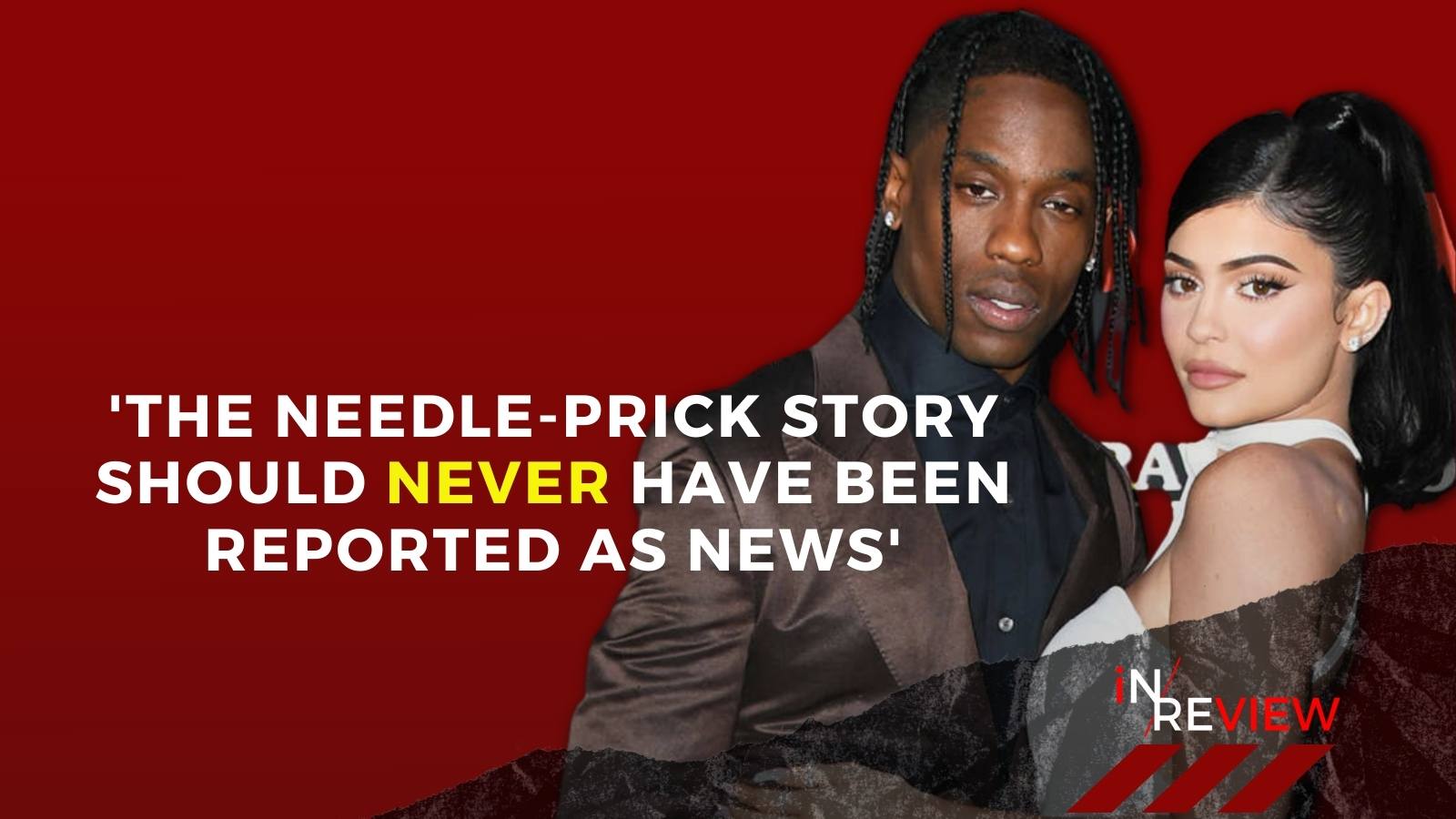
“But the needle-prick story should never have been reported as news.” There was a lack of evidence and the theory makes little sense, says the article.
Instead, it’s become increasingly clear the crowd crush was the cause of mass injuries and deaths. A crowd crush is a “horrifying phenomenon that occurs when people are jammed so tight together that they can’t breathe, leading to injury and possible death by compressive asphyxia.”
So far, of those who died some have been confirmed to have died of compressive asphyxiation and others trampled on.
So why did the narrative of rogue injectors spread? An Astroworld attendee told Rolling Stone she believed authorities were “trying to blame drugs” for the disaster and failure of planning. Experts in the SLATE article also shared their frustration and how the police and media habndled the needle story,
A needle-wielding stabber triggering chaos at Astroworld was widely believed because it fit neatly into existing drug panics, they said, which center drug users as dangerous and unpredictable.
The article reports the experts said police have “neither a credible or trustworthy track record” when it comes to raising the specter of drugs. “In the midst of an unprecedented overdose crisis, misinformation about drugs—especially opioids like fentanyl—is rampant among law enforcement.”
It’s much more likely the cause of the chaos was that the event organisers were overwhelmed by the crowd and failed to implement crowd control safety measures – which could be due to incompetence or cutting corners to save costs or maybe both.
Live Nation is the world’s largest live-event company and the organiser of Astroworld. The company has been linked to hundreds of deaths and injuries and is also being sued for negligence.
There are reported to have only been two free water stations and lines for water and merchandise were hours long indicating there was a lack of staff. A security guard said the staff received little to no training and when chaos broke out, they stopped working, took off their gear and disappeared.
The media and police were looking for a bad guy to blame. It’s understandable to reach for a clear cause and source of blame in the aftermath of an unthinkable tragedy
A crowd crush is a mass phenomenon that happens when large crowds collide with systemic failures. “The worst thing about this [crowd crush] phenomenon is if you’re looking at the crowd from a safe position, it doesn’t look like anything dangerous is even happening,” he said. “It just looks like people dancing and moving. But if you’re in there, you’re fighting for your life.”
Read the full article, What Really Made Astroworld So Deadly, by ZACHARY SIEGEL on SLATE
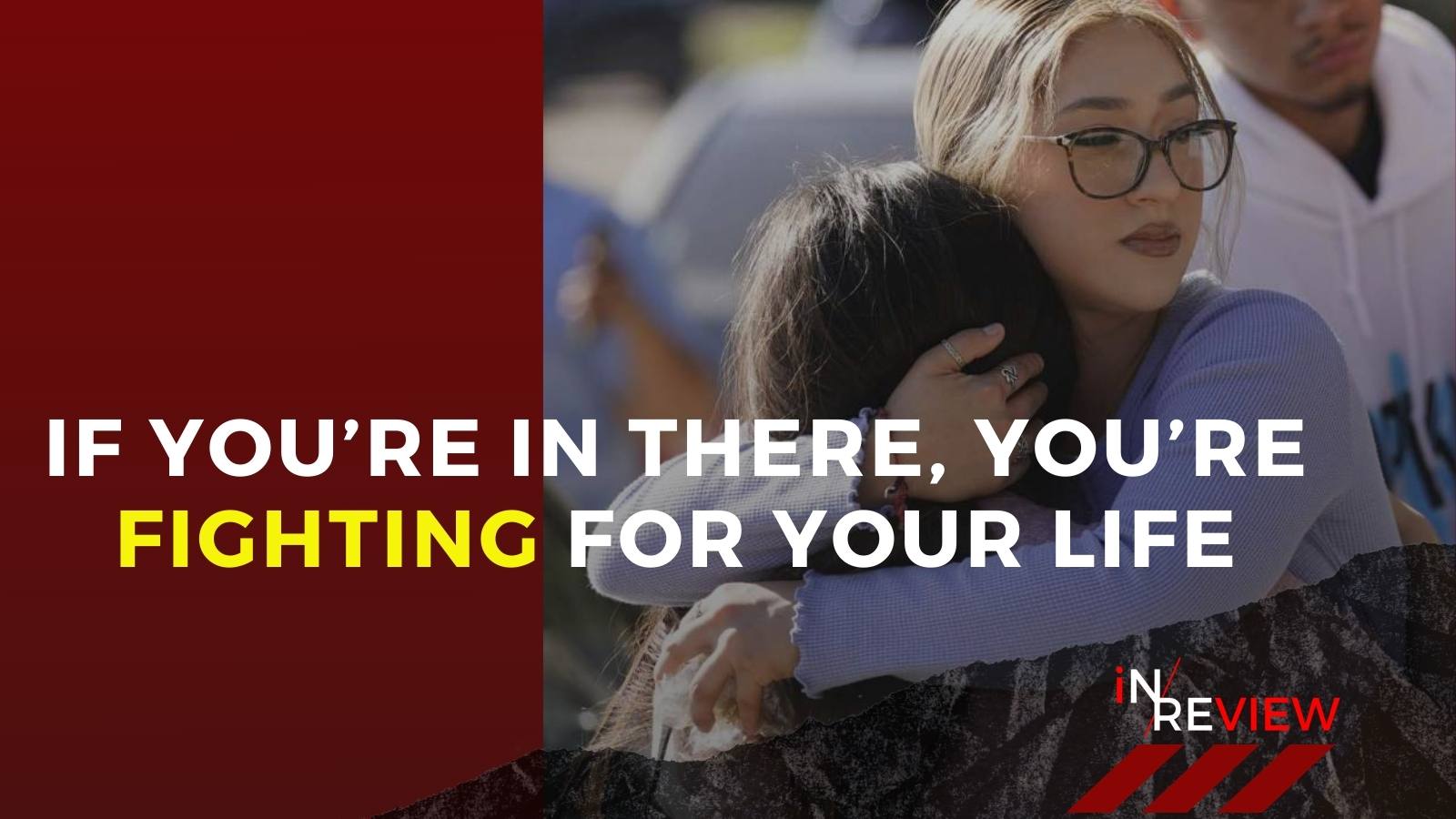
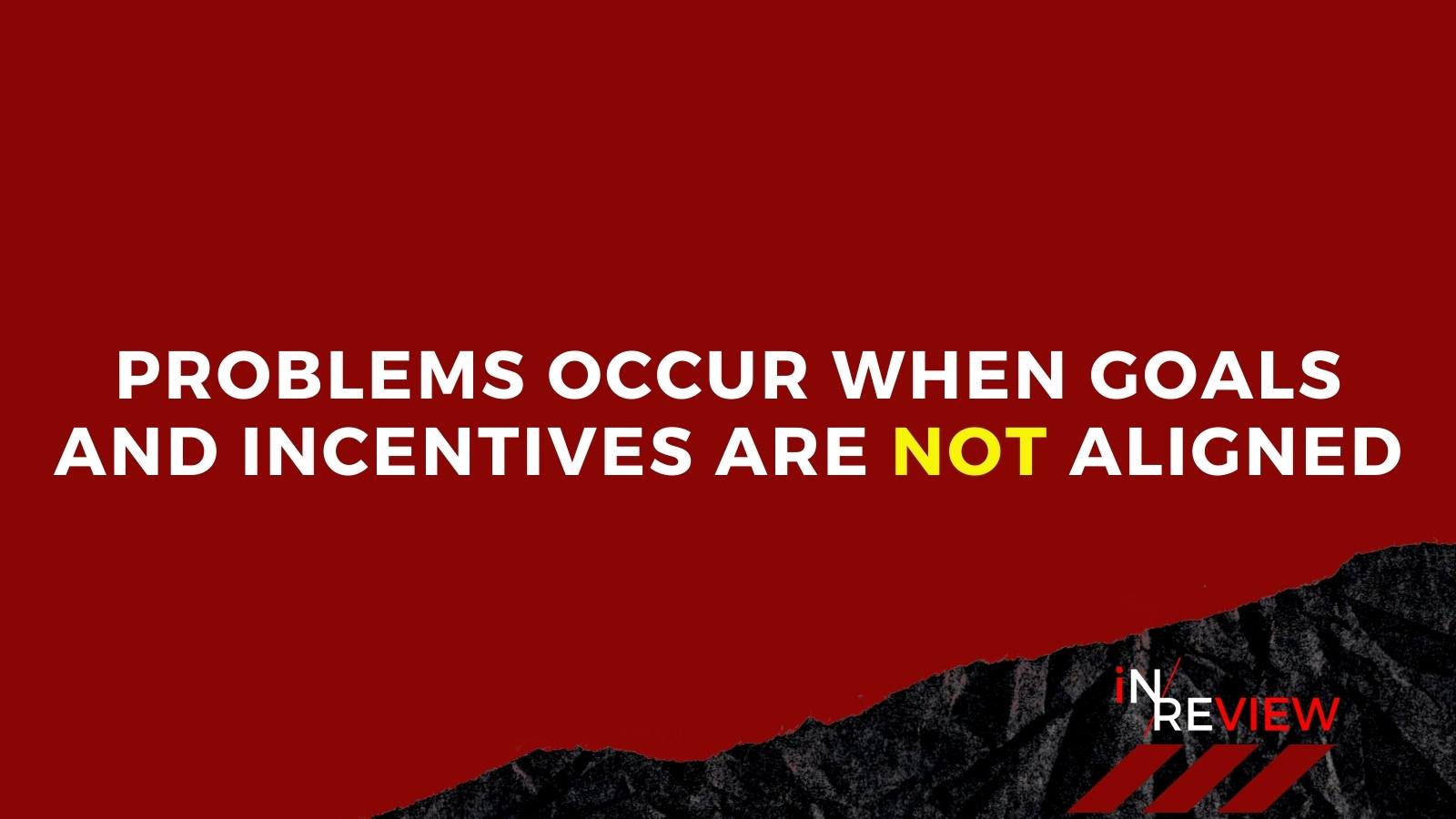

You can add a muzzle flash so easily now with five minutes of green screen
‘Rust’ Tragedy Reflects Troubling Trends on Movie and TV Sets: ‘We Did This to Ourselves’
The Rust film set tragedy, live the Travis Scott crowd crush, is another familiar tragedy. It’s happened before and it’s likely to happen again.
VARIETY reports on sources pointing to a number of “concerning industry trends that are reflected in the behind-the-scenes story of the low-budget independent Western.”
Inexperience seems to be the central point raised by industry pros regarding the tragic death. The spike in demand for content has stretched below-the-line talent beyond its breaking point. “In some places you can’t find qualified people for these jobs so you are taking (crew) with very little experience,” said a veteran producer.
The “low barrier to entry” in production for streamers has led to inexperience among producers. It’s not uncommon for streaming to pay production costs upfront and this has led to smaller companies to attempt large-scale productions without fully skilled and trained staff and adequate equipment.
Streamline Global was one of seven production entities listed as backing Rust. The company was founded in 2017 to use films produced with production tax incentives as vehicles to create tax breaks for wealthy investors. Two co-founders of Steamline Global worked on Rust as producers. Industry insiders say problems can occur when goals and incentives among producers are not aligned.
For many producers and crew members complacency and overconfidence can kick in and safety protocols can be overlooked leading to accidents and deaths.
It’s easy to get into a false sense of complacency of ‘Oh we’ve done this a million times.’
Producers were quick to blame the Peak TV phenomenon for stretching the talent pool for below-the-line, craft and technical crew positions well beyond the breaking point.
The strain is felt at every level. The pace of production has more than doubled in a decade and the “tension caused by the windfall of so much work was the strike drama that gripped Hollywood this month.”IATSE, the union representing most production workers, threatened to walk out over quality of life issues in volatile contract talks that may yet be influenced by the jolt of Hutchins’ death.
Speaking to Variety, industry pros spoke of their “anger and anguish” about the turmoil surrounding production workers that is reflected in larger IATSE labour conflict. The Rust tragedy highlights problems that “are all too common on set these days.”
“As an industry, in Peak TV times, we did this to ourselves,” said a producer.
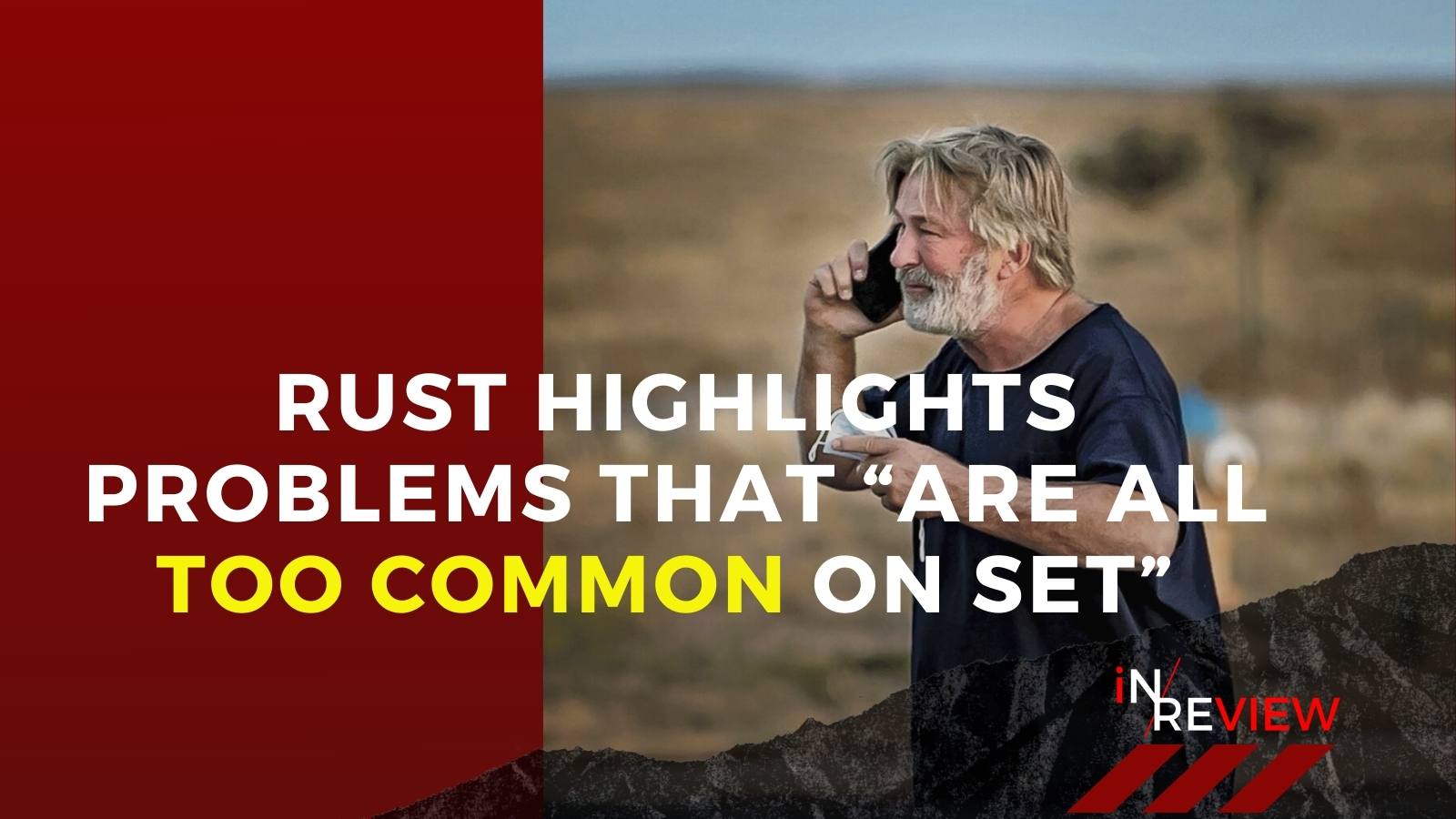
The pros pointed to the importance of having experienced skilled technicians on set when weapons are involved. “On some shoots you might have a truck full of (firearms) and somebody has to keep track of every one of them and how they’re being used,” the producer said.
The armourer on set typically “spends a lot of time coaching people how to handle a gun safely,” the producer said. “In between takes that person is always standing around coaching.”
The producer said there can be problems if the actors do not take gun safety training seriously – another reason why it’s important to have the experts on set and maintain protocols.
It’s inconceivable that somebody gets killed on a movie set with a prop gun if everybody follows the rules.
There’s little question that the “Rust” tragedy will yield litigation, probably for years to come. But the question of final liability can be tricky, Harris of Atlanta-based Harris Lowry Manton said, because producers who merely invested in the movie may not be culpable unless it can be demonstrated that some action on their part led to problems on the set.
The production veterans said the industry needs to promote “a zero-tolerance approach for anyone who tries to avoid or ignore safety protocols.” The pros said using inexpensive visual effects are just as effective when it comes to firearms.
“You can add a muzzle flash so easily now with five minutes of green screen,” the producer said.
The “Rust” accident couldn’t have come at a more momentous time for below-the-line workers, as IATSE leaders have sounded the alarm about the problem of over-worked crews and dangerous conditions on set as part of its regular three-year cycle of contract negotiations with Hollywood’s major studios. Industry sources said the new hard-fought terms that IATSE achieved in its tentative contract agreement with the Alliance of Motion Picture and Television Producers (Hollywood’s collective bargaining unit) will hopefully ease some of the pressure to work long hours at a gruelling pace.
But in the near-term, there’s also growing fear among industry veterans that the shock of Hutchins’ death to Hollywood’s rank-and-file production workers may drive IATSE members to vote down the agreement that was reached after marathon negotiations on Oct. 16 and send leaders back to the table to push for greater concessions. IATSE is expected to begin its ratification vote among about 60,000 eligible members by next month.
In terms of long-term solutions, production pros say another crucial factor will be training a new generation of crew, craft and technical workers with a reverence for safety. Just as the shocking death of 27-year-old camera assistant Sarah Jones on the set of “Midnight Rider” led to safety reforms for location shoots, the “Rust” tragedy will likely have a broader impact across the often-dangerous world of physical production.
“The takeaway here is there’s hundreds of productions going on every day with firearms,” Harris said. “It’s inconceivable that somebody gets killed on a movie set with a prop gun if everybody follows the rules.”
Read the full story, ‘Rust’ Tragedy Reflects Troubling Trends on Movie and TV Sets: ‘We Did This to Ourselves’ By Cynthia Littleton on Variety.com
Deep Dive
Astroworld and the trickiness of tragedy blame games
The Blame Game Over Alec Baldwin’s Fatal ‘Rust’ Shooting Is Getting Very Ugly
‘Rust’ Tragedy Reflects Troubling Trends on Movie and TV Sets: ‘We Did This to Ourselves’
What Really Made Astroworld So Deadly
The Astroworld tragedy is impossible to understand, even if you’ve spent a lifetime in crowds
Quick Facts
Who was playing at Astroworld 2021?
How much did astroworld tickets cost?
Astroworld festival disaster
On November 5, 2021, a crowd crush occurred during the first night of the Astroworld Festival, a music event in Houston, Texas, United States, founded by American rapper Travis Scott. Nine people died, including eight on the night of the concert and the ninth on November 10 after being critically injured. The causes of death are still under investigation. As of November 11, of the 24 other spectators hospitalized, two others were in critical condition. More than 300 people were treated for injuries at the festival’s field hospital. Multiple concertgoers documented the incident, posting videos and recounting their experiences on social media.

Subscribe to Updates
Get the latest creative news from FooBar about art, design and business.




